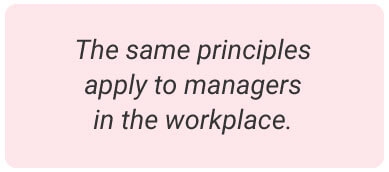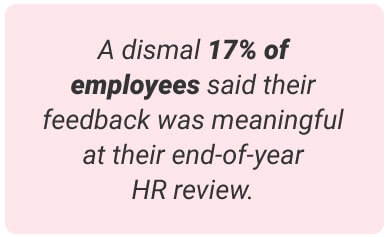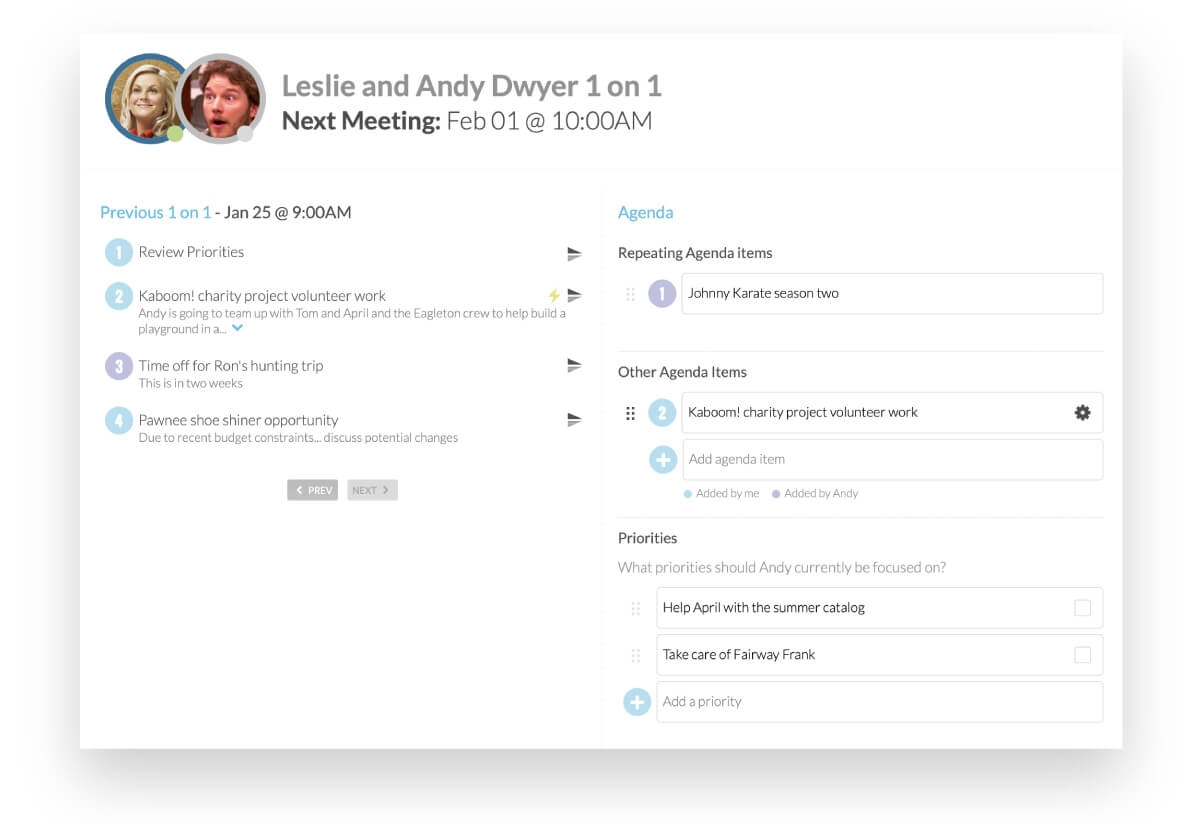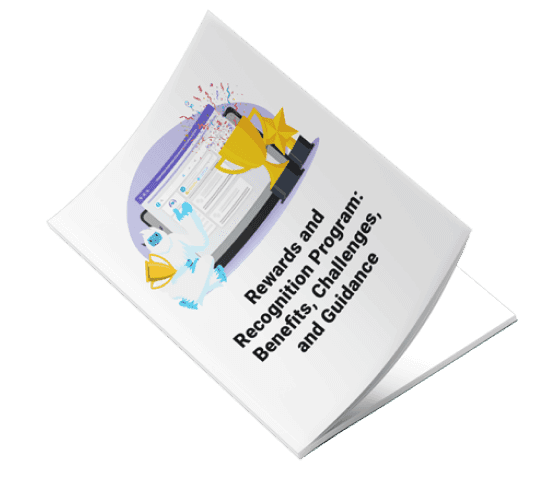
Don’t Just Manage, Coach
January 26, 2021
|
Logan Mallory

The Secret Sauce: 1 on 1s

Your Go-To Agenda

About the Author

Logan Mallory is the Vice President of Marketing at Motivosity. He has held roles previously at LogMeIn, Jive, and Workfront. Logan writes and speaks on leadership, culture, marketing, and HR topics. He is an adjunct professor at BYU's Marriott School of Business. Logan lives with his family in Utah, and has deep ties to Michigan, Washington, and Texas.
Learn More
Learn More






